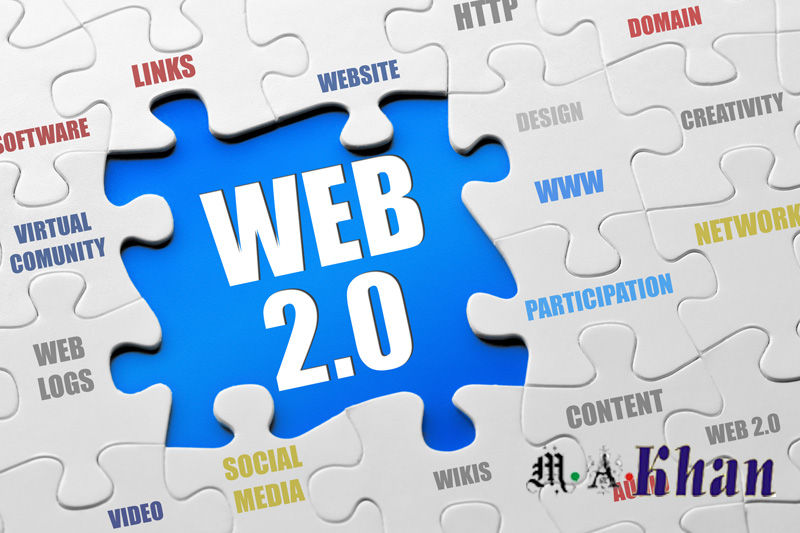Updated September 2023
“Web 2.0 sites describe World Wide Web sites that emphasize user-generated content, usability, and interoperability. The term was popularized by Tim O’Reilly and Dale Dougherty at the O’Reilly Media Web 2.0 Conference in late 2004, though it was coined by Darcy DiNucci in 1999. Although Web 2.0 suggests a new version of the World Wide Web, it does not refer to an update to any technical specification, but rather to cumulative changes in the way Web pages are made and used.
A Web 2.0 site may allow users to interact and collaborate with each other in a social media dialogue as creators of user-generated content in a virtual community, in contrast to Web sites where people are limited to the passive viewing of content. Examples of Web 2.0 include social networking sites, blogs, wikis, folksonomies, video-sharing sites, hosted services, Web applications, and mashups.
Whether Web 2.0 is substantively different from prior Web technologies has been challenged by World Wide Web inventor Sir Tim Berners-Lee, who describes the term as jargon. His original vision of the Web was “a collaborative medium, a place where we [could] all meet and read and write”. On the other hand, the term Semantic Web (sometimes referred to as Web 3.0) was coined by Tim Berners-Lee for a web of data that can be processed by machines.”
Source Wikipedia
Share this Post with your Friends Now to unlock the Top 100+ Free High PR Dofollow Web 2.0 Sites
Thanks in advance for sharing with your blogger friends.







There’s certainly a great deal to know about this topic.
I really like all of the points you have made. http://www.yahoo.net
Thanks for sharing .it very useful do follow blogs commenting list
NCERT solutions
You’re so interesting! I do not believe I have read a single thing like that before.
So wonderful to find another person with a few original thoughts on this subject matter.
Really.. many thanks for starting this up. This website is one thing that is required on the web, someone with a
little originality!
I must thank you for the efforts you’ve put in penning this site.
I’m hoping to check out the same high-grade blog posts from you later on as well.
In fact, your creative writing abilities has encouraged me to get my own, personal
site now 😉
Hey Really thanks for sharing useful information…